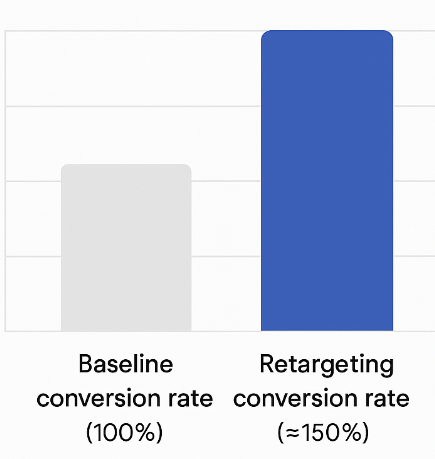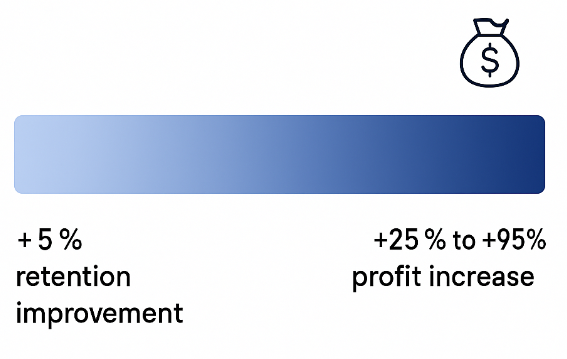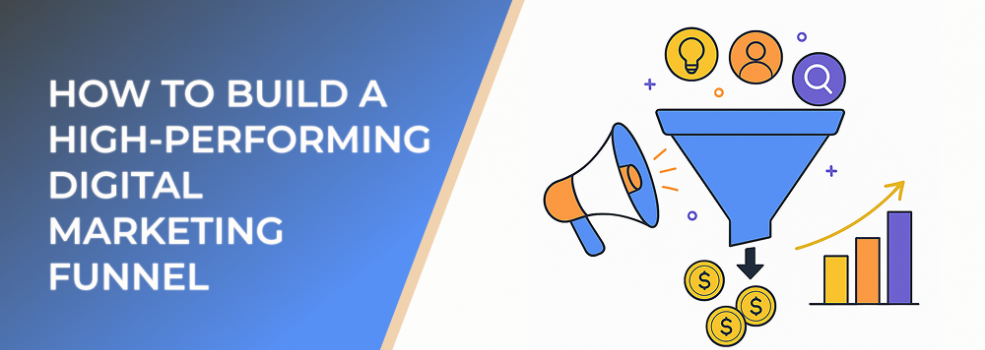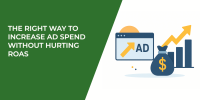In this article, we explore every stage—from awareness to retention—and reveal how tools like LeadEnforce can optimize each step with precision targeting and automation.
A well-structured digital marketing funnel is the foundation of any successful online business. It guides potential customers from discovering your brand to becoming repeat buyers. Yet, many businesses struggle to design funnels that actually convert. The secret lies in understanding your audience, using data to personalize their journey, and leveraging the right tools to automate and optimize.
Step 1: Awareness — Attract the Right Audience
The top of your funnel should focus on reaching the right people. According to HubSpot, 61% of marketers say generating traffic and leads is their top challenge. This is where LeadEnforce becomes invaluable. With its precise audience targeting, you can build custom audiences based on interests, demographics, and behaviors to ensure your ads reach those most likely to engage.
Tips:
-
Use social media ads to increase visibility.
-
Create educational content (blogs, videos, infographics) that solves specific problems.
-
Analyze performance data to refine your audience continuously.
Step 2: Interest — Engage with Value
Once people are aware of your brand, you need to engage them with meaningful content. Email sequences, lead magnets, and retargeting ads are key tactics here. Research shows that retargeted ads can increase conversion rates by up to 150%. LeadEnforce's audience segmentation tools let you retarget visitors who interacted with your brand but didn’t convert, keeping your message relevant.
Tips:
-
Offer a free guide or demo to capture leads.
-
Use LeadEnforce's targeting options to reach people who visited specific pages.
-
Keep your messaging consistent across all touchpoints.
Step 3: Decision — Turn Engagement into Action
At this stage, prospects are evaluating whether your product or service meets their needs. Providing social proof and clear calls-to-action (CTAs) can make a major difference. According to Nielsen, 92% of consumers trust recommendations from people they know, so leverage testimonials and case studies.

Retargeting can boost conversion rates by up to 150 % compared with standard ads
Tips:
-
Highlight reviews, testimonials, and case studies.
-
Use urgency-driven CTAs (e.g., limited-time offers).
-
Simplify your landing pages—less friction equals more conversions.
Step 4: Action — Optimize for Conversions
A conversion isn’t just a sale—it could be signing up for a newsletter or booking a demo. Businesses that nurture leads make 50% more sales at 33% lower cost, according to Forrester Research. Use automation to follow up instantly after key actions. LeadEnforce integrates with your ad campaigns to track conversions and refine your audience automatically.
Tips:
-
Use conversion tracking to measure ROI.
-
Automate follow-ups based on user actions.
-
Continuously test ad creatives and landing pages.
Step 5: Retention — Keep Customers Coming Back
Retaining customers costs significantly less than acquiring new ones. Bain & Company reports that increasing customer retention rates by 5% increases profits by 25% to 95%. Use email marketing, loyalty programs, and retargeting to stay top-of-mind. LeadEnforce helps you reconnect with past buyers to encourage repeat purchases or upsells.

Increasing customer retention rates by just 5 % can increase profits by between 25 % and 95 %
Tips:
-
Send personalized product recommendations.
-
Re-engage inactive customers with special offers.
-
Analyze purchase patterns to predict future needs.
Final Thoughts
Building a high-performing digital marketing funnel is an ongoing process of testing, analyzing, and refining. With tools like LeadEnforce, you can streamline targeting, improve engagement, and maximize every dollar spent on ads. Start by mapping your funnel stages and identifying where audience precision can make the biggest impact.

